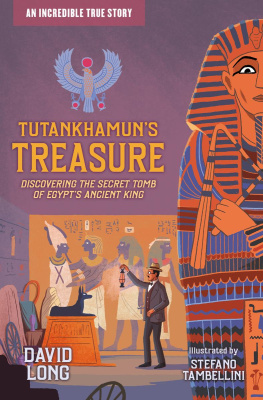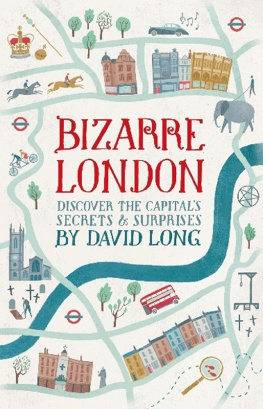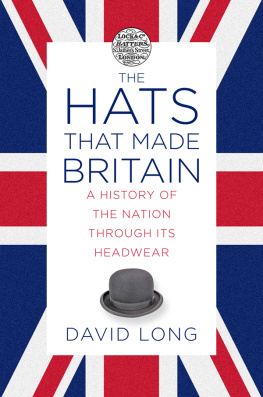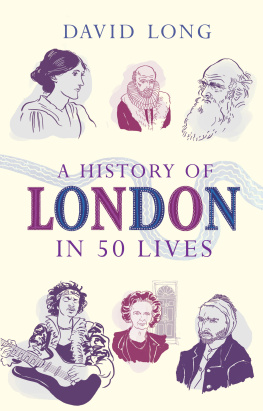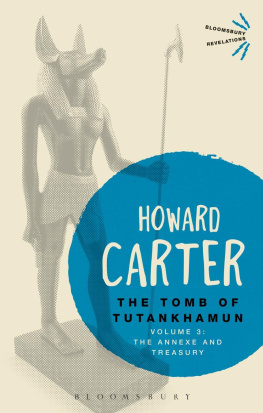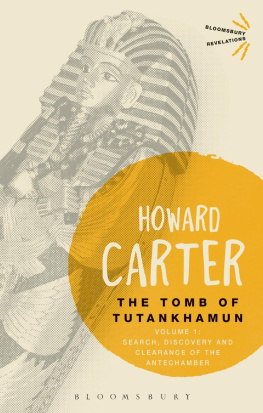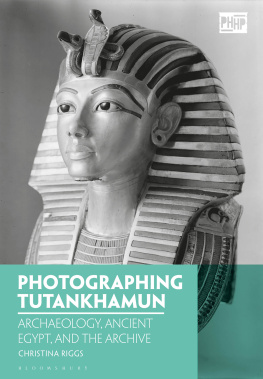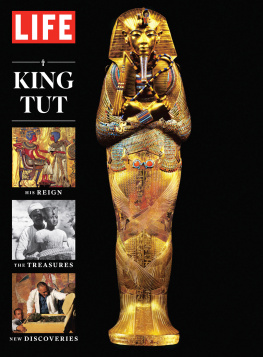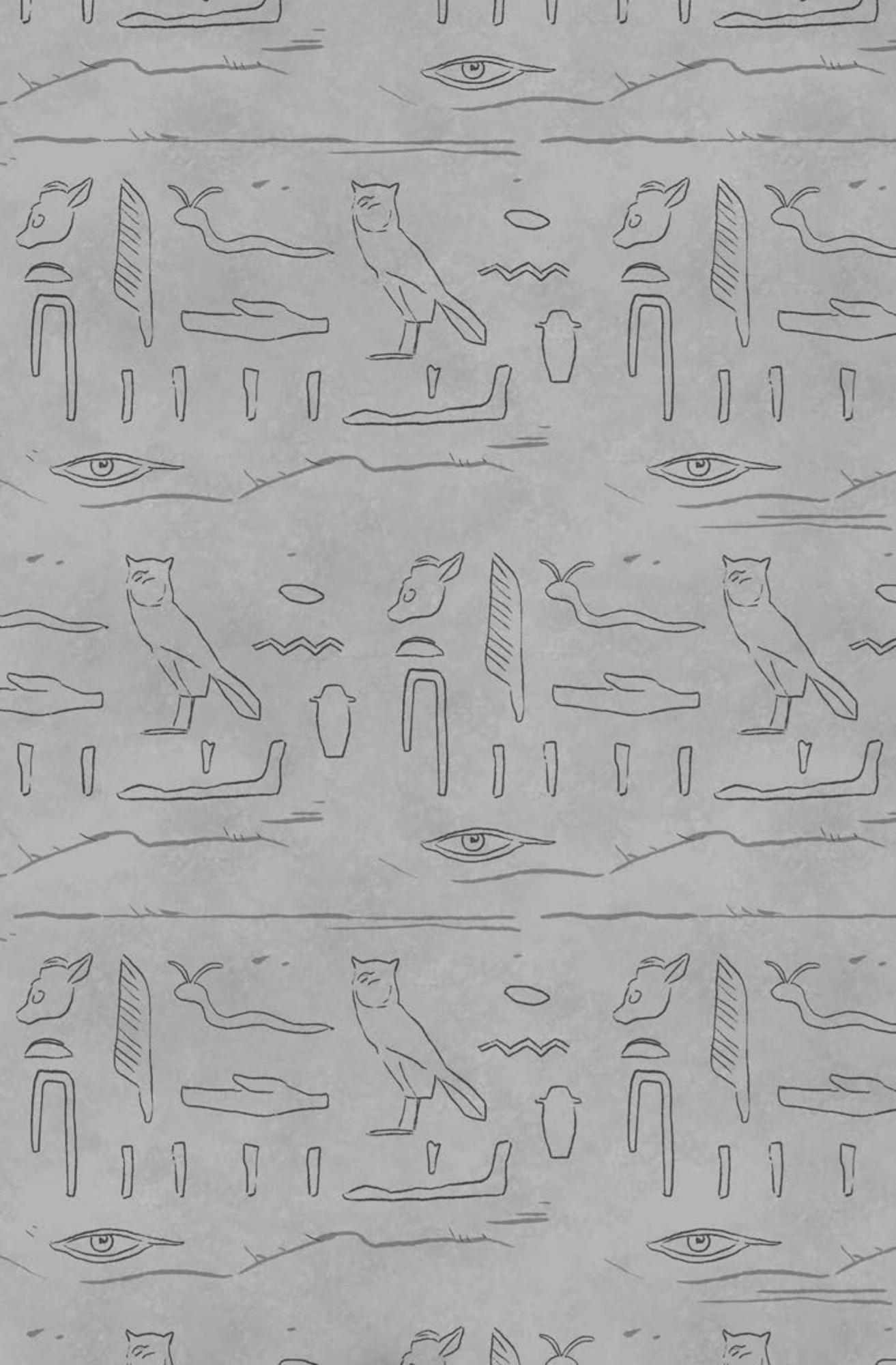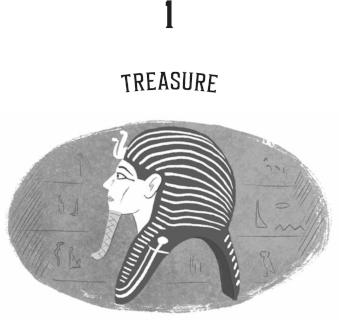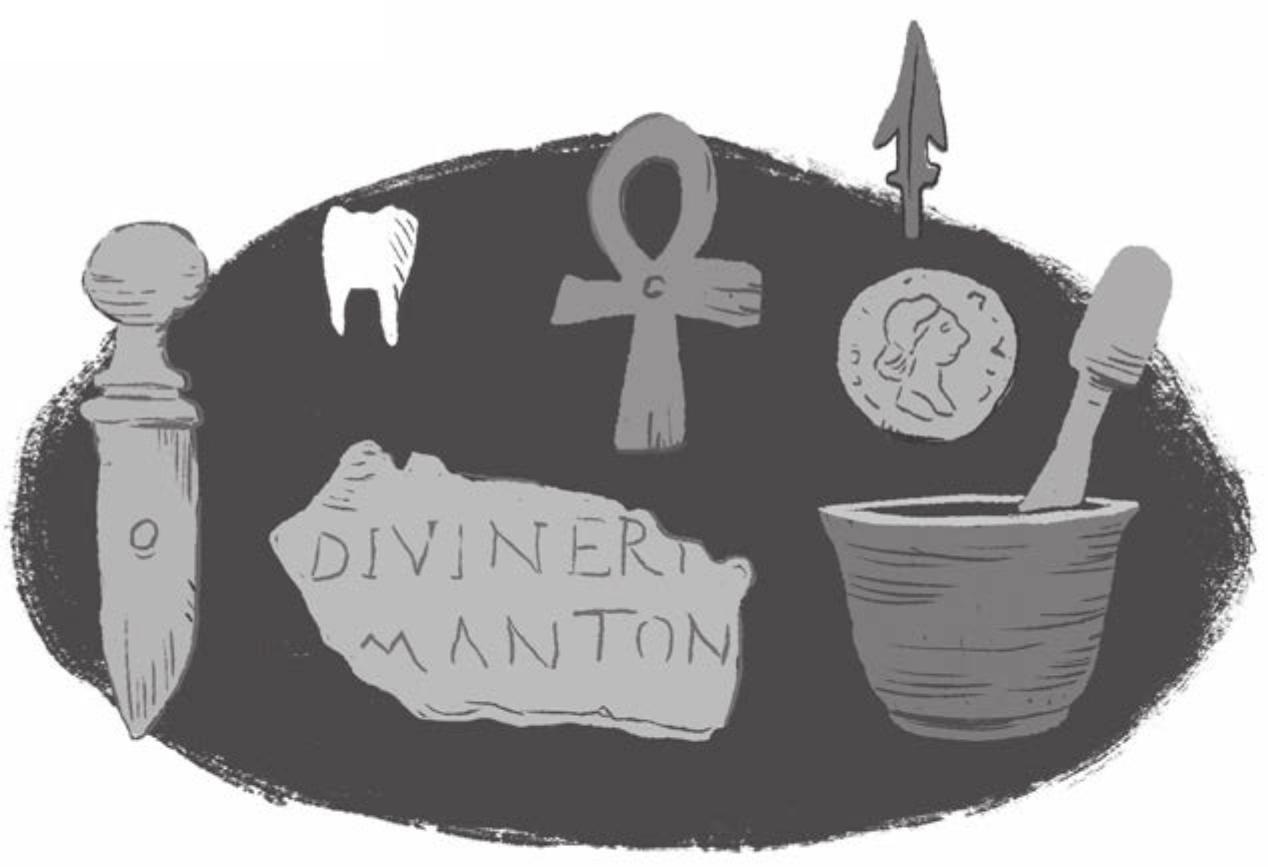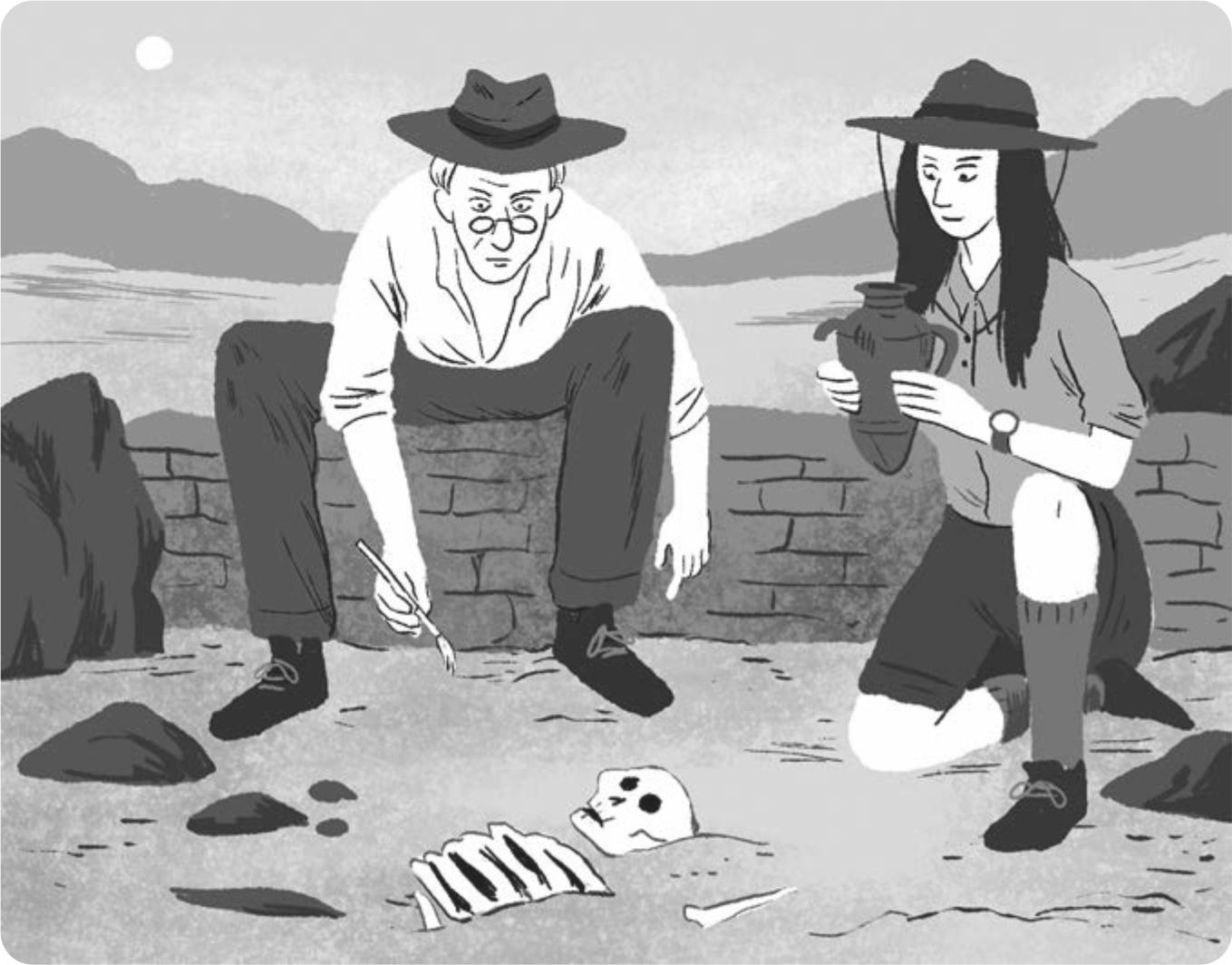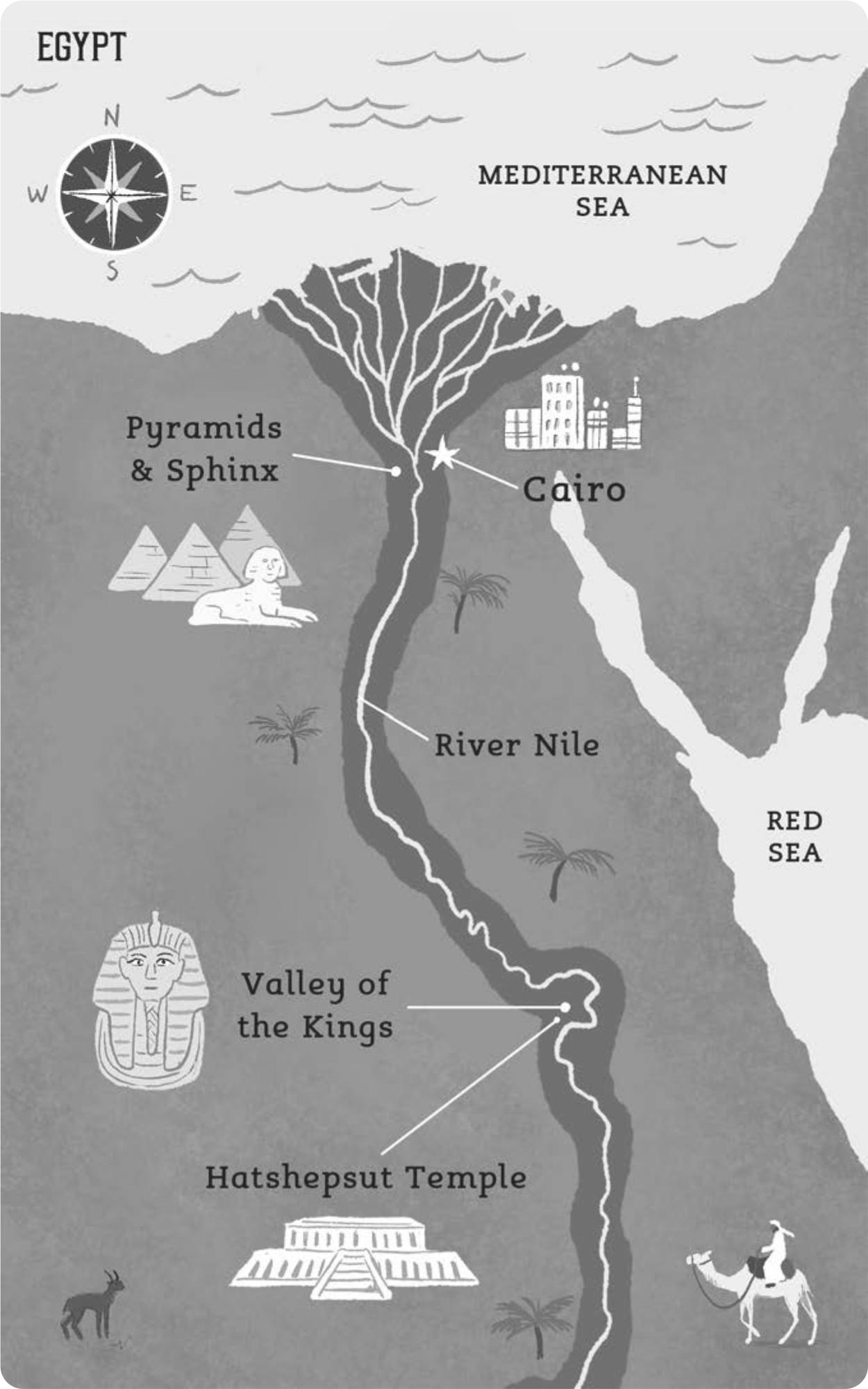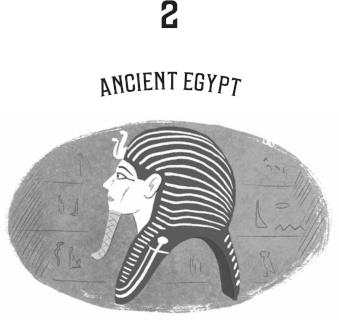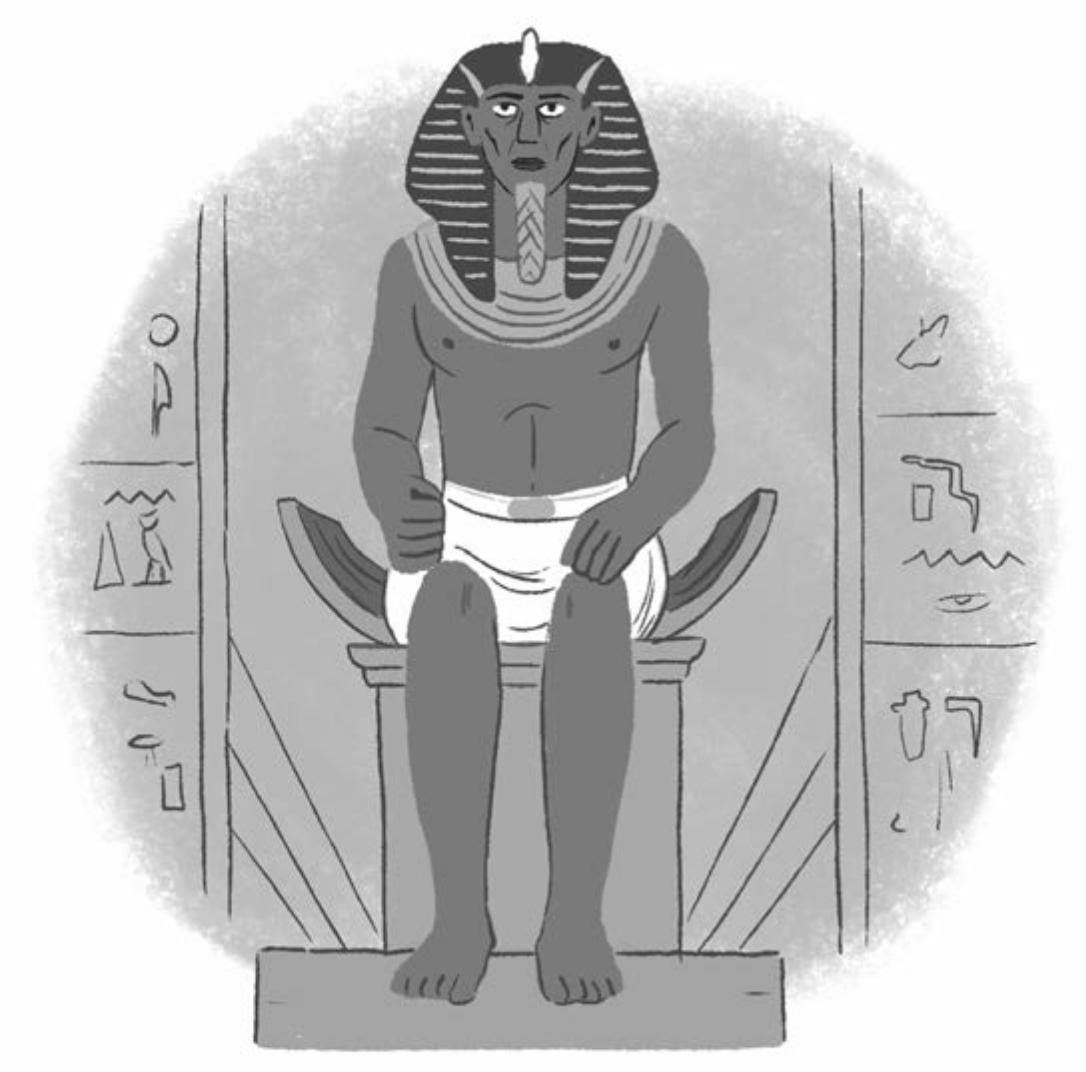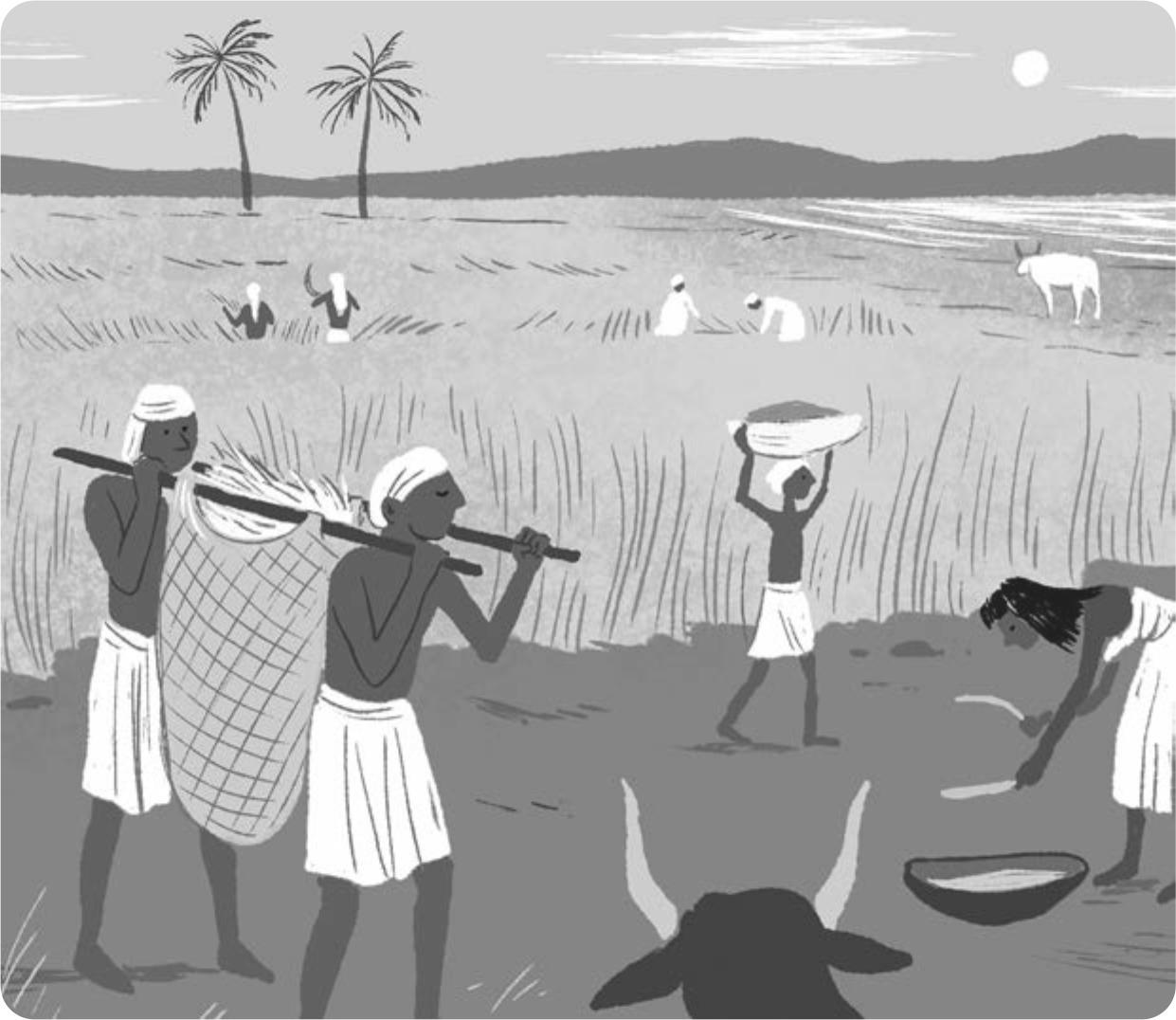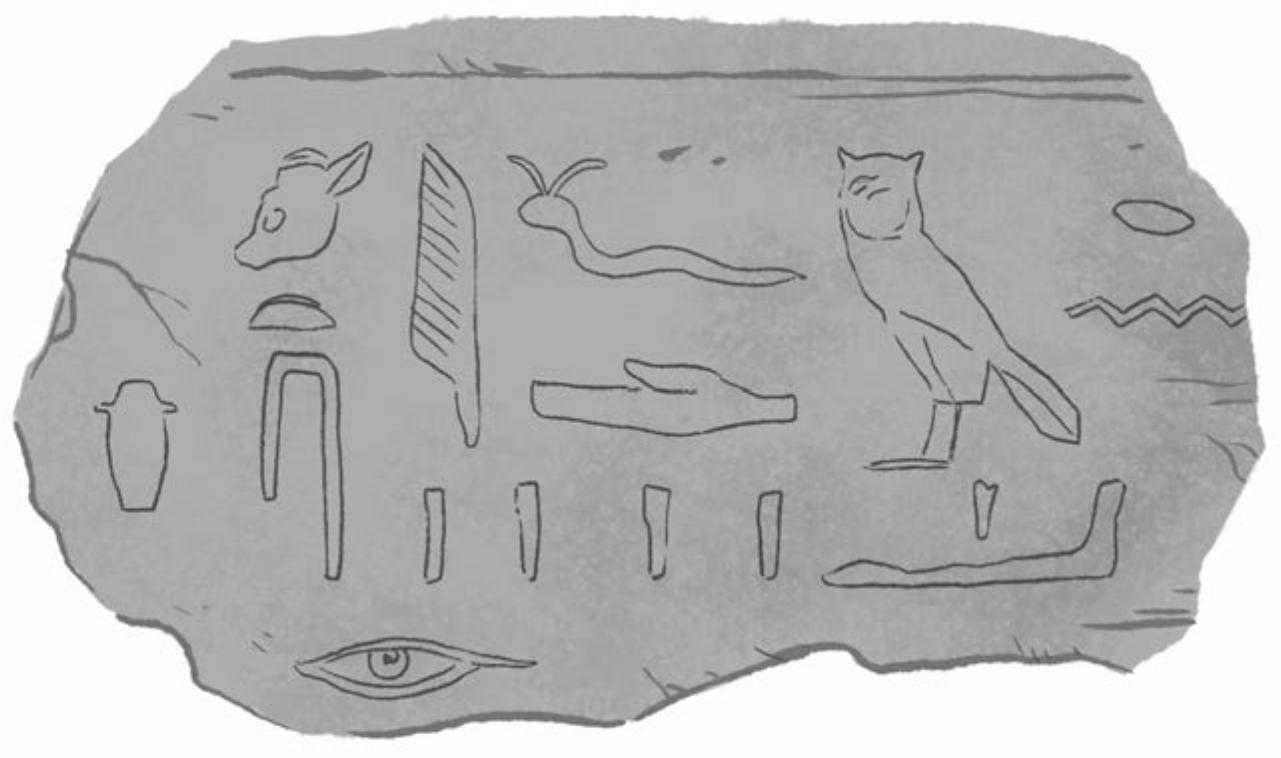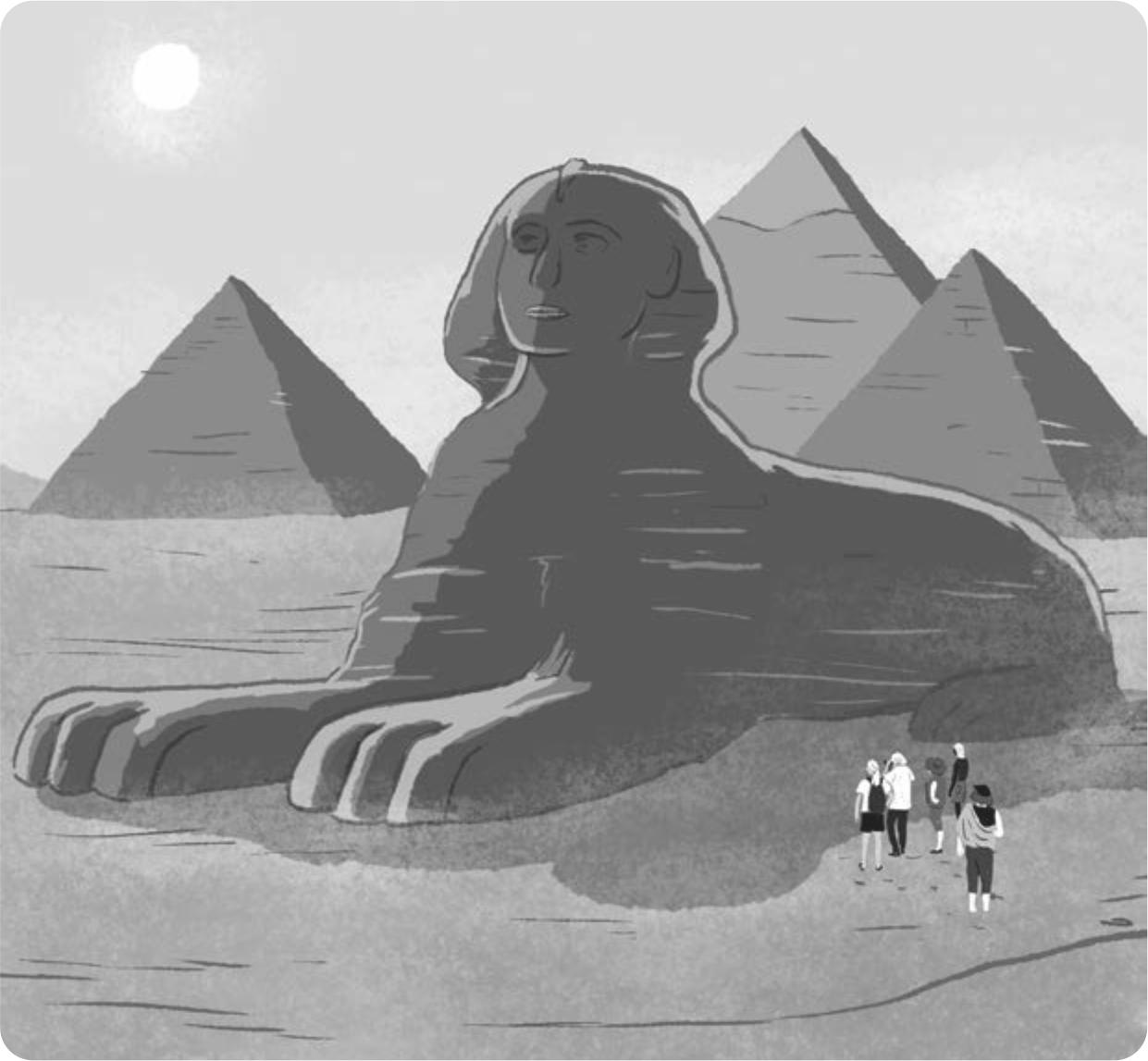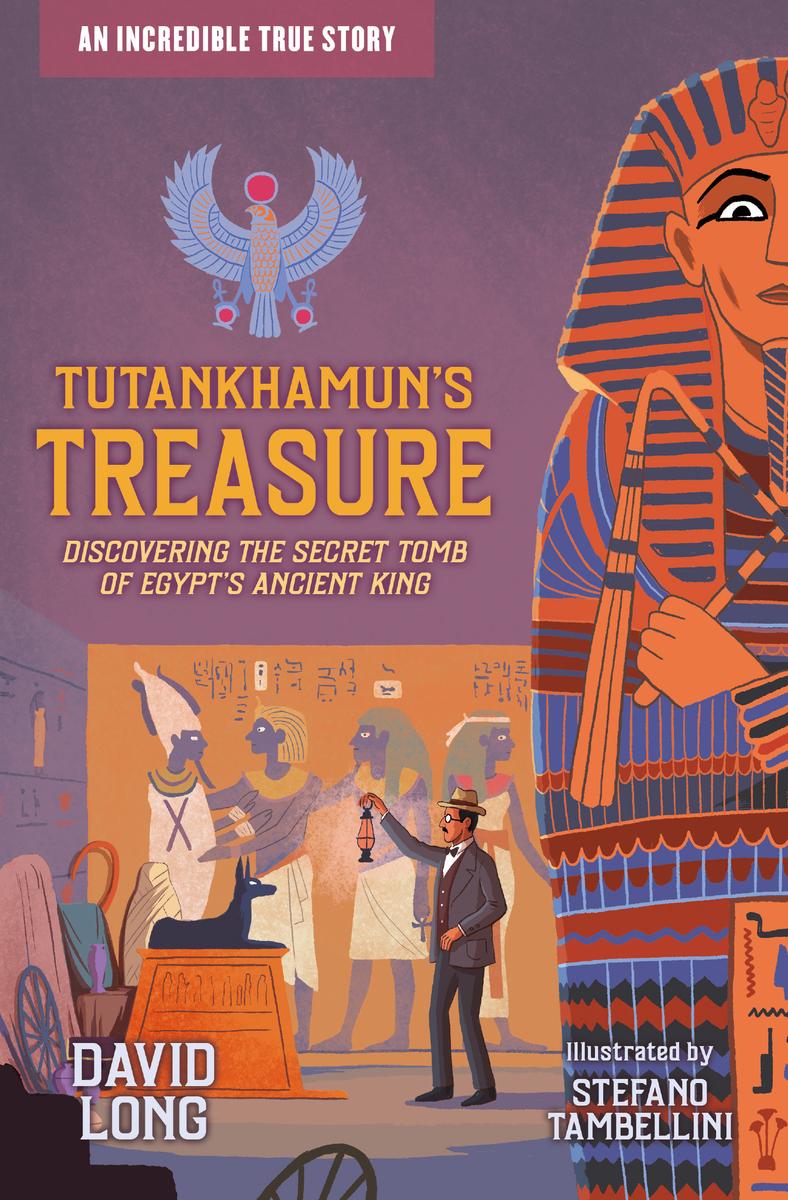
For Finn Barnes
Contents
S ince the beginning of time, people all over the world have been looking for hidden treasure. Perhaps its treasure that has been lost by accident or in a natural disaster like an earthquake. Or perhaps it was hidden away to keep it safe from thieves.
There are different ideas about what treasure is. A locked wooden box stuffed full of gold coins and stolen jewels, and dug deep into a hole on a desert island, is the best sort of pirate treasure. But things that are very, very old make good treasure too things like tools or weapons, or even bits of broken glass and pottery.
Treasure hunters call these objects artefacts. They may not seem as precious as gold or jewels, but they can tell us a lot about the people they once belonged to.
The professional treasure hunters who look for these artefacts are called archaeologists. They are scientists, and their job is to hunt for objects from the distant past. They study the objects they find to learn more about the way ancient people lived on our planet.
Archaeologists are like detectives, and their work can be exciting, but it can also be very dangerous. Sometimes they explore ruins in a rainforest full of poisonous creatures, or they work deep underwater, or miles from anywhere in the middle of a dry, hot desert.
Archaeologists like to find things that people used for their work or in their homes. Sometimes they find human remains (like skulls and skeletons). Sometimes they spend days and months looking at the objects they have found to learn how those ancient peoples grew food or hunted animals, how they lived and what their worlds and beliefs were like.
Bit by bit, archaeologists are able to describe what life used to be like for those ancient peoples. They can compare different civilisations around the world and their tribes and families during different periods of history.
This work is very challenging, and modern archaeologists have to learn many different skills. Often they dont even have an accurate idea about where to start looking for the artefacts that will tell them more about those ancient worlds.
Maps and old documents can sometimes give archaeologists clues about where to start their hunt for artefacts. Metal detectors can help locate tiny objects far beneath the ground. Photographs taken by a high-flying drone can show where an old house or castle once stood, even if the building was burned down or destroyed hundreds of years ago. But archaeologists need a lot of luck too. Some of the most famous and most fabulous treasures were discovered by accident. Archaeologists have found the ruins of palaces in the weirdest places; they have found astonishing wonders just when they had given up and were about to go home.
Sometimes archaeologists waste a lot of time and effort digging in the wrong places or refusing to admit that they have made a big mistake.
L ook at Egypt on a map. It stretches from North Africa into the Middle East. It is huge! Most of Egypt is desert even though the longest river in the world flows through it. This river is the Nile, and it is so long that the journey from one end to the other is around 6,670 kilometres. Thats the same distance as from the middle of London all the way to India.
For thousands of years, Egypt was one of the richest, most advanced and most exciting civilisations the world had ever seen. Its kings were powerful rulers called pharaohs. They controlled the lives of more than a million ordinary men, women and children, some of whom were slaves.
Most of the pharaohs were men, but there were some women. Some were regents they ruled Egypt while the real pharaoh was still a child.
The first Egyptians were farmers who settled along the banks of the Nile more than 7,000 years ago. The climate along the River Nile is hot and the land is dry, but the river floods every year, which makes the soil perfect for growing crops and raising animals such as sheep, goats, pigs and geese.
Over time, simple farming villages grew to become towns, and towns became large and magnificent cities. The powerful Egyptian army fought and invaded the countries nearby and the area of land the pharaohs controlled grew bigger and even richer.
Far out in the burning heat of the desert, people worked hard digging for gold and precious stones to make into beautiful jewellery. Others dug deep channels to control the flow of the mighty Nile. These channels brought fresh water to the fields so that Egypts farmers could grow even more food. Boats took the food along the Nile to trade with other countries and came home with valuable and beautiful treasures. The gold and precious stones from the mines made the pharaohs some of the richest people who ever lived.
The Egyptians were inventors, artists and craftsmen as well as good farmers and soldiers. They invented a new form of writing called hieroglyphics, which uses small pictures instead of words.
They were talented builders, constructing impressive monuments and lavish temples where priests worshipped more than 2,000 different gods.
They also built enormous tombs called pyramids for their pharaohs. Over a hundred of these pyramids were constructed, and even the smallest took many years to finish. The biggest one, the Great Pyramid of Giza, was the tallest building on Earth and held this record for an incredible 3,800 years.
One of their most famous monuments, the Great Sphinx, was carved out of solid stone, with the body of a lion and a human head. It is still one of the largest statues ever made at 20 metres high and more than 70 metres long.
The Egyptians wanted their temples and other buildings to be beautiful to look at as well. The walls were often richly decorated with amazing carvings and very detailed, colourful paintings. In fact, many Egyptian buildings were so well made that they are still standing today. Their decorations can tell us a lot about life in Ancient Egypt, even thousands of years later.

